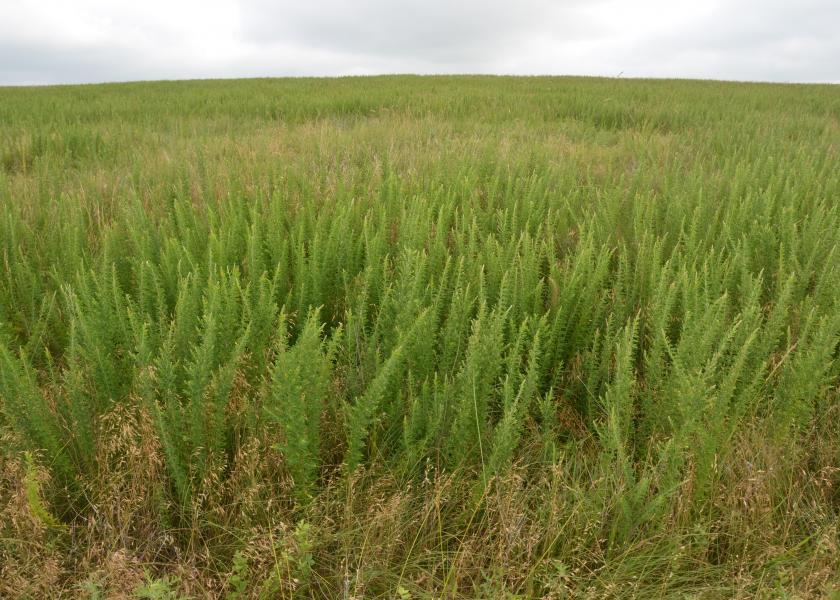Top 5 Tips for Effective Weed Management in Pastures

Undesirable weeds in pastures and hayfields can significantly impact the quantity and lifespan of preferred forage plants. Producers should consider several aspects of weed management to mitigate the adverse effects on forage production.
Tip 1: Start with Soil Health
Soil Assessment: Begin by conducting a thorough soil test to determine nutrient levels and pH status.
Fertility Correction: Correct any deficiencies in soil fertility to create an optimal environment for the growth of desired forage plants.
Tip 2: Use Strategic Grazing Practices
Stocking Rate Management: Implement a stocking rate that prevents overgrazing, ensuring the health of your pasture.
Pasture Rotation Schedule: Establish a rotation schedule to allow for recovery periods, promoting sustained forage growth.
Early Weed Grazing: Leverage livestock to graze on weeds during their early vegetative stage when nutritive values are high, effectively managing weed populations.
Tip 3: Consider Mowing Techniques
Mower Height Adjustment: Adjust mower height to prevent scalping, preserving the integrity of the pasture and leaving adequate stubble.
Weed Seed Reduction: Utilize mowing as a strategic tool to reduce weed seed production, particularly effective for established broadleaf weeds.
Tip 4: Select and Apply Herbicides
Broad-Spectrum Control: Choose herbicides that offer broad-spectrum control, addressing multiple weed species in one application.
Pre-emerge and Post-emerge Application: Apply pre-emerge herbicides like Prowl H2O before weed seeds germinate and post-emerge herbicides on actively growing plants for targeted weed management.
Tip 5: Consider the Surroundings
Pesticide Drift Awareness: Be cautious of pesticide drift, considering factors such as boom height, nozzle type, pressure, and wind direction.
Herbicide Impact on Crops: Select herbicides that won't harm surrounding crops in case of drift, ensuring the well-being of neighboring vegetation.
Adherence to Restrictions: Strictly adhere to grazing and feeding restrictions specified on herbicide labels, respecting withdrawal periods before slaughter.
By incorporating these comprehensive strategies, ranchers and pasture managers can proactively manage weeds, fostering healthy pastures that optimize forage production while minimizing the impact of undesirable vegetation.
*Editor's Note: This article was restructured using information from the article, "Weed Control in Pastures and Hayfields," by Steve Morgan with the University of Georgia Extension. It was originally published on the Drovers website in April 2019.







